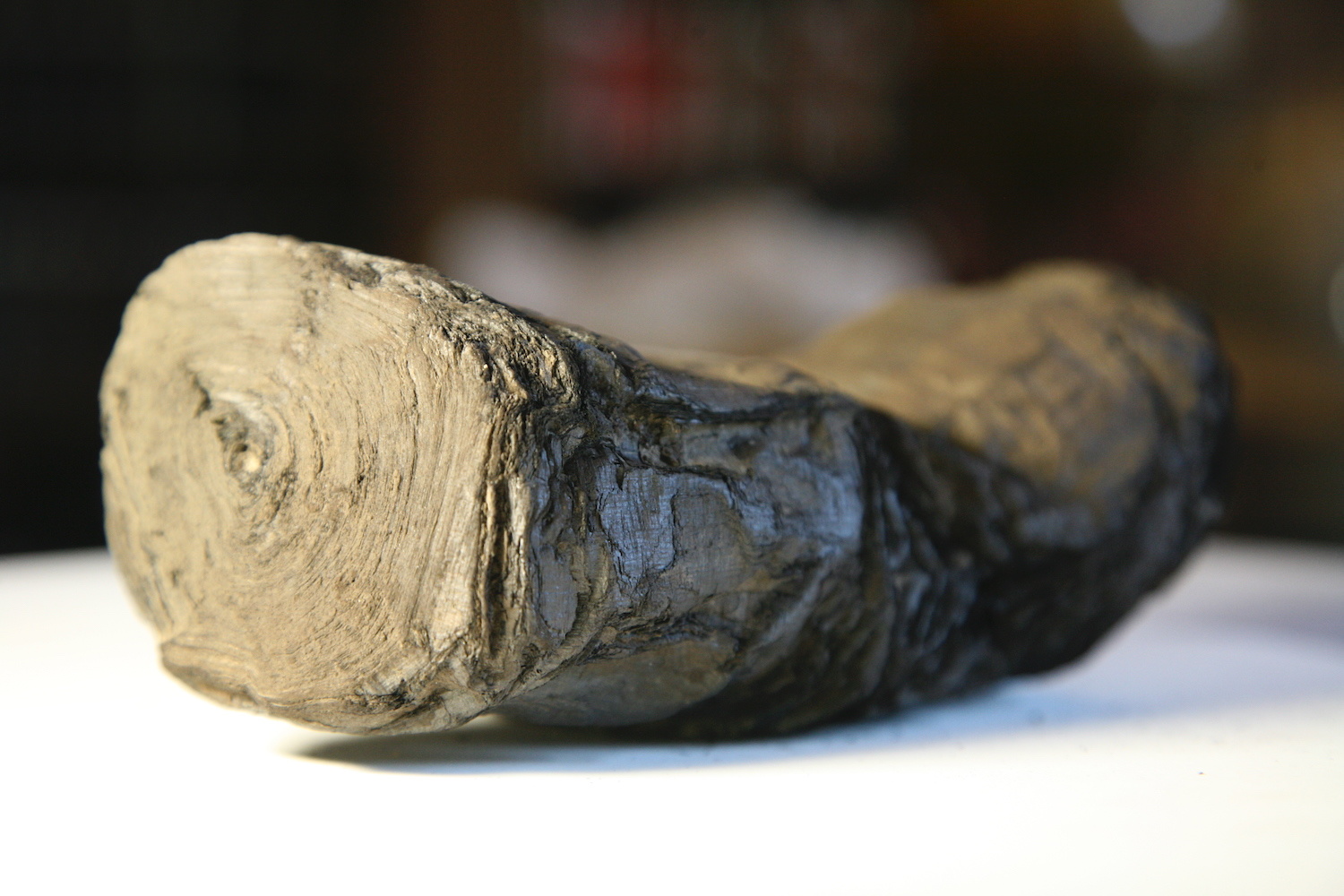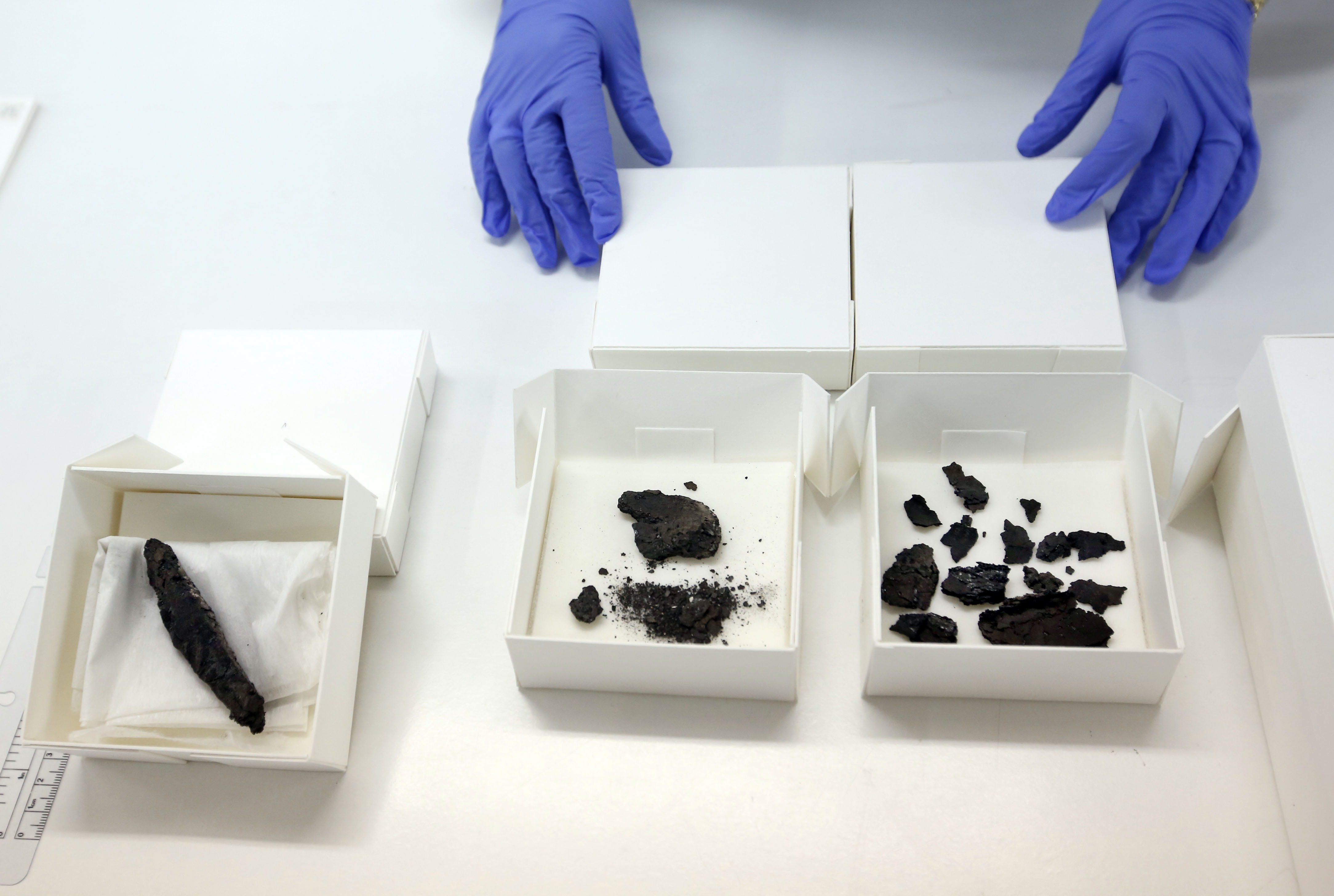Writing found on “blank” Dead Sea Scroll fragments

GALI TIBBON/AFP via Getty Images
- Several seemingly blank fragments of the Dead Sea Scrolls have been found to have writing on them.
- The text was found accidentally, and only confirmed with multispectral imaging.
- The newly found text seems to relate to the book of Ezekiel.
According to the findings of The University of Manchester, the famous Dead Sea Scrolls have a little more to tell us. A collection of scroll fragments once dismissed as blank and useless have been shown to have nearly invisible writing on them.
Joan Taylor, a professor at King’s College in London, found the writing while examining the scrolls as part of another study focused on all of the Qumran artifacts in their collection.
“Looking at one of the fragments with a magnifying glass, I thought I saw a small, faded letter – a lamed, the Hebrew letter ‘L.’ Frankly, since all these fragments were supposed to be blank and had even been cut into for leather studies, I also thought I might be imagining things. But then it seemed maybe other fragments could have very faded letters too.” Professor Taylor said in an official statement.
As a result of her chance discovery, 51 other seemingly blank fragments were photographed and analyzed using multispectral imaging techniques. Four of them were found to have previously invisible writing on them. The longest find was a four-line text with each line having around 15 letters.
Are religious fundamentalists missing the point of religion?
For those who have heard of the scrolls but aren’t sure of what they are, the Dead Sea Scrolls are a collection of ancient Jewish manuscripts found in desert caves in the West Bank. There are thousands of these fragments of parchment, some of which may have been written as far back as the 4th century BCE.
Some of them are Hebrew scriptures that would be familiar to any student of the Abrahamic religions. Others are pieces of books that didn’t make it into the final editions of the holy texts, and still others reflect sectarian viewpoints.
The newly reviewed ones don’t have anything quite so interesting on them; the only full word found so far is “Sabbath.” It is currently speculated that these fragments are related to Ezekiel 46: 1-3.
However, the lack of previously forgotten mystical wisdom on the newly reviewed fragments is not cause for dismissal. This discovery was made as part of another, larger project and may have implications for it. These tiny fragments are also the puzzle pieces that help give us a clearer view of the bigger picture of the ancient world. Exactly how they all fit together is still a discovery waiting to be made.
Perhaps they will shed light on the development of biblical texts? Maybe the writing style will lead to linguistic discoveries? Or maybe they will just be another part of humanity’s collective heritage.





